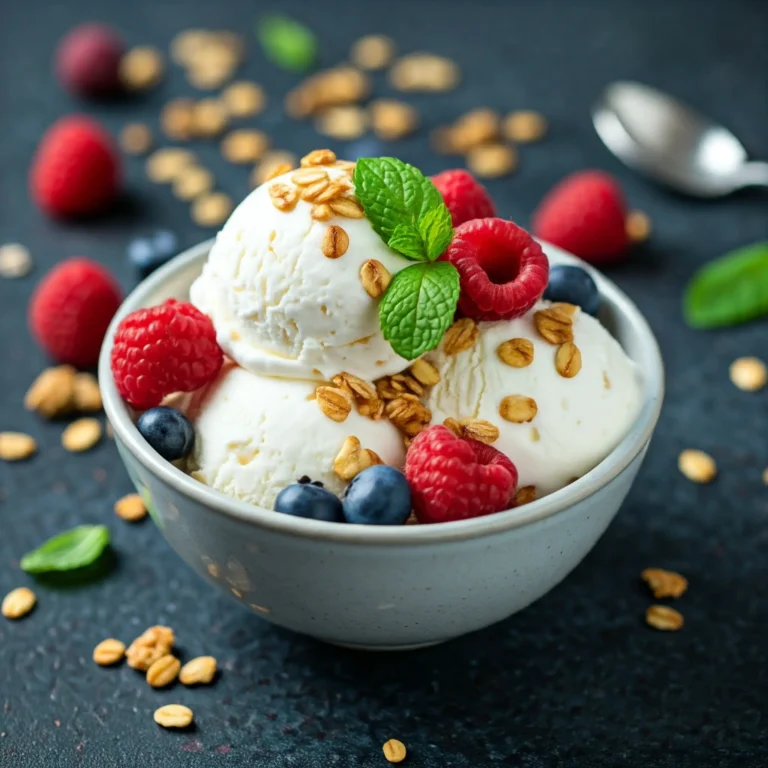White Claw Calories: What You Need to Know
Introduction: A Refreshing Choice on a Summer Day
Imagine it’s a hot summer day, and you’re lounging by the pool with friends. The sun is shining, laughter fills the air, and someone cracks open a chilled can of White Claw. You reach for one, but then a thought crosses your mind: how many calories are in this drink? This article dives deep into the calorie content of White Claw, helping you make informed choices while enjoying your favorite beverages.
Understanding White Claw: What Makes It Popular?
What Is White Claw?
White Claw is a brand of hard seltzer that has taken the beverage world by storm. Known for its light, refreshing taste and a variety of flavors, it appeals to many looking for a lower-calorie alternative to traditional beers and cocktails. [Image: A variety of White Claw flavors on display, showcasing the different can designs.]
Why Calories Matter
Calories are a crucial aspect of any diet. Understanding the calorie content in your favorite beverages helps you maintain your health goals, whether you’re counting calories, trying to lose weight, or simply staying mindful of what you consume. White Claw offers a guilt-free option that still allows you to enjoy a drink with friends.
The Caloric Breakdown of White Claw
White Claw Calories by Flavor
White Claw comes in several flavors, and the calorie content can vary slightly. Here’s a quick breakdown of the most popular flavors:
| Flavor | Calories per 12 oz |
|---|---|
| Mango | 100 |
| Black Cherry | 100 |
| Lime | 100 |
| Raspberry | 100 |
| Watermelon | 100 |
As you can see, each flavor contains around 100 calories per 12-ounce serving, making it a great choice for those looking to indulge without overdoing it. [Image: A chart showing the calorie content of different White Claw flavors.]
Alcohol Content in White Claw
In addition to calories, it’s essential to consider the alcohol content. White Claw typically contains 5% alcohol by volume (ABV), which is similar to that of many beers. This means you can enjoy the buzz without the extra calories that often come with cocktails. [Image: A can of White Claw with the ABV information highlighted.]
The Healthier Alternative: Why Choose White Claw?
H2: Comparisons with Other Beverages
When compared to regular beer or sugary cocktails, White Claw stands out for its lower calorie count. For instance:
- Regular Beer: 150-200 calories per 12 oz
- Cocktails: 200-500 calories per serving
By choosing White Claw, you can enjoy the social aspects of drinking without the hefty calorie burden.
Ingredients and Additives
Another reason White Claw is often considered a healthier option is its simple ingredient list. It primarily contains:
- Carbonated water
- Alcohol from fermented sugar
- Natural flavors
- Citric acid
Unlike many cocktails, White Claw doesn’t contain artificial sweeteners or heavy mixers, making it a cleaner choice for your body. [Image: A list of ingredients on a White Claw can.]
Four Key Takeaways
- Low-Calorie Choice: With approximately 100 calories per can, White Claw is a light option compared to many other alcoholic beverages.
- Flavor Variety: White Claw offers multiple flavors, allowing you to mix things up without sacrificing calorie control.
- Social Enjoyment: You can enjoy the social aspects of drinking without worrying too much about calorie intake.
- Simple Ingredients: Made from natural ingredients, White Claw is a cleaner option than many cocktails or sweetened drinks.
FAQs About White Claw Calories
Each 12 oz can of White Claw contains about 100 calories.
Yes, White Claw is gluten-free, making it suitable for those with gluten sensitivities.
Absolutely! White Claw can fit into a balanced diet, especially when compared to higher-calorie alcoholic options.
White Claw typically has a 5% ABV, similar to most beers.
Conclusion: Enjoy Responsibly
Now that you know all about White Claw calories, you can confidently enjoy your favorite flavors while keeping an eye on your health goals. Whether you’re at a summer barbecue or relaxing at home, White Claw offers a refreshing, lower-calorie alternative. Cheers to making informed choices!

![[Image: A side-by-side comparison of different beverages with their calorie counts.]](https://www.guidecalorie.com/wp-content/uploads/2024/10/Gemini_Generated_Image_ijkiulijkiulijki-1.webp)
![[A bowl of creamy mac and cheese with golden, baked breadcrumbs on top. The image should highlight a fit, balanced meal that looks indulgent but is packed with nutrition. Alt text: Low-calorie, high-protein mac and cheese in a bowl.]](https://www.guidecalorie.com/wp-content/uploads/2024/10/DALL%C2%B7E-2024-10-12-14.45.45-A-bowl-of-creamy-mac-and-cheese-topped-with-golden-baked-breadcrumbs.-The-dish-appears-indulgent-yet-balanced-with-a-rich-and-smooth-sauce-coating-t-1-768x768.webp)


![[A close-up photo of a Costco hot dog in a bun, placed next to a nutrition label showing calorie and fat content.]](https://www.guidecalorie.com/wp-content/uploads/2024/10/Gemini_Generated_Image_k5359uk5359uk535-1-768x768.webp)
![Image description: A variety of colorful snack options for children, showcasing healthy and fun food choices.]](https://www.guidecalorie.com/wp-content/uploads/2024/10/Gemini_Generated_Image_8vw37z8vw37z8vw3-1-768x768.webp)
